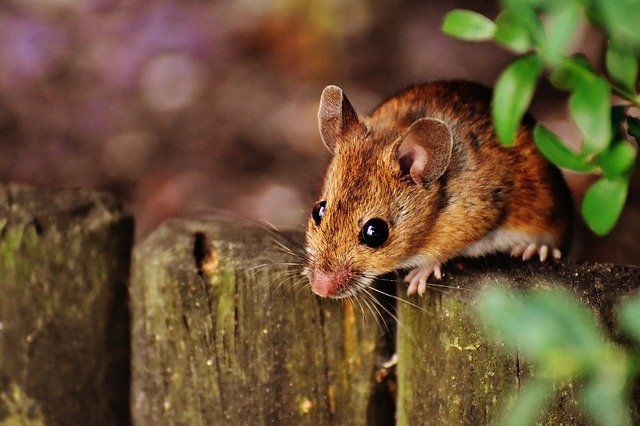Interesting Facts about Mice
Is a mouse just like us?
Mice may be an unpleasant surprise when you discover their handiwork under the kitchen sink or under the basement couch. It's easy to forget that these little pests do have an interesting side and they're more complex than most people realize.
Mice Are Very Social
They're not as skittish and mindless as they might seem. Mice have a fairly complex social structure, live in family groups and use a range of facial expressions and vocal noises to communicate with each other. They even sing songs when they are looking to find a suitable mate.
There are Many Kinds of Mice
World-wide, there are more than 30 different species (or sub-species) of mouse. In North America, the mouse most people fine in their homes is Mus musculus, also known as the common house mouse. Within that species group, there are 13 distinct sub-species. So that humble mouse is really part of a very large family.
It might not seem that way when you see their droppings in your kitchen, but mice are actually very hygienic when it comes to their own living space. The nest area for the family is kept clean and free of waste, and the usually organize their stored food supply in a separate spot as well.
Of course, that doesn't make them safe to pick up and handle. While they might be clean in terms of their toilet and nest habits, they are very prone to carrying a number of diseases. The most notorious being plague, they can also have tularemia, lassa fever, hantavirus or leptospirosis. Always take care when handling mice (alive or dead). Wear gloves and a mask.
Mice are Speedy Breeders
Probably not a surprising bit of information, but still interesting enough when you really look at the numbers.
Male and female mice are mature enough to get pregnant at around 40 days of age, and can have 10 12 twelve pups with each pregnancy. After giving birth to this sizable litter, a female mouse is able to get pregnant again in only 2 days. Gestation is just 20 days. So that means after having babies, a mouse may have another litter just 22 days later. At this pace, it's no wonder that you can end up with an infestation in just a few months if left unchecked.
NEED A POWERFUL 100% NATURAL MOUSE REPELLENT? Click Here
Is a Mouse Just Like Us?
Believe it or not, at a genetic level, mice are very similar to humans which is why they are so common in laboratory experiments. The entire genome of the house mouse has been mapped, and both humans and mice have roughly the same number of base pairs (the DNA building blocks) and the same number of genes. And those genes are comparable between mouse and man, which is why so many medical products are tested with mice. Deep down, we're very much alike.
Fascinating as they may be, the common house mouse is still not a very welcome sight in your house. It's a good idea to be proactive and keep some mouse repellent around so that they don't move in to begin with.
Critter Repellent All Natural Animal Repellent Blog













